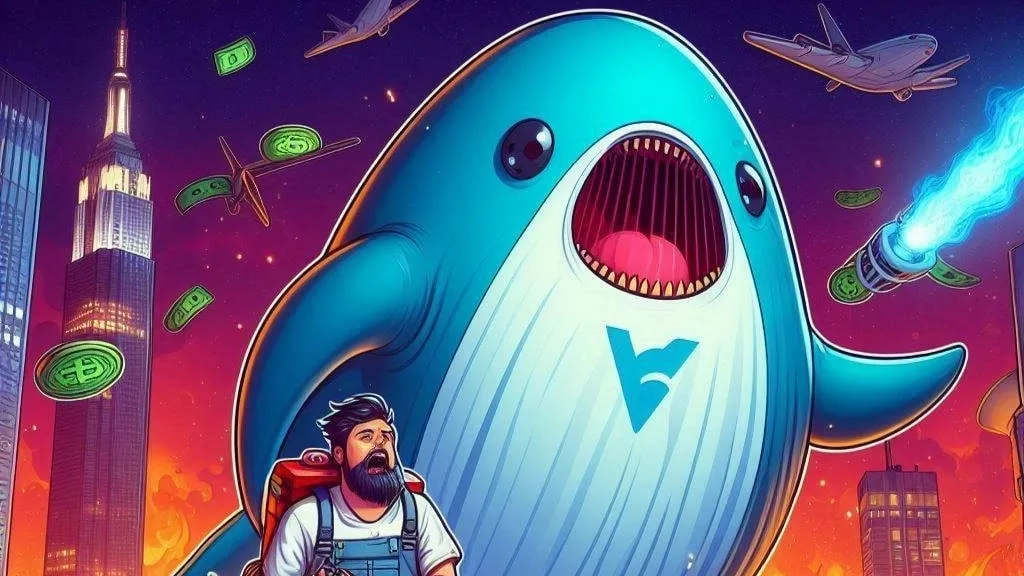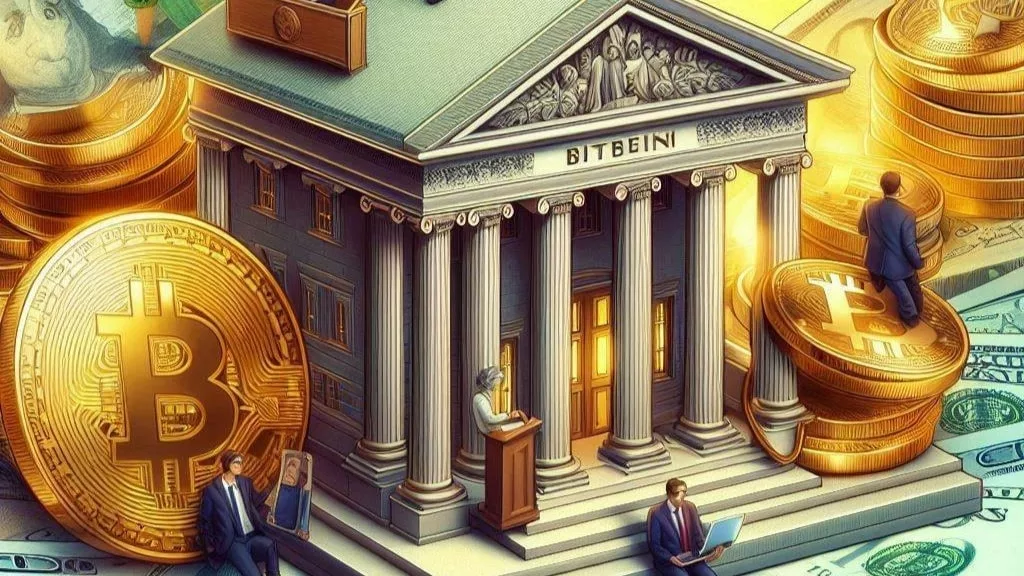
The situation at hand underscores the dominance of Uniswap V2 on the Ethereum mainnet. It has been the go-to platform for decentralized trading and liquidity provision, setting a high standard for AMMs. However, this very dominance has contributed to the fragmentation of the broader DeFi landscape, with many blockchain networks seeking to replicate Uniswap’s success. These alternative chains, while offering a glimpse of a decentralized future, have thus far lacked a standardized and secure version of Uniswap V2.
Addressing the Uniswap V2 Accessibility Gap
Enter a groundbreaking solution that promises to bridge this accessibility gap and usher in a new era of interconnectedness within the blockchain space. The core challenge has been the proliferation of Uniswap V2 forks on various blockchain networks, each with its own unique modifications. These modifications, while aiming to innovate, have inadvertently complicated the DeFi landscape. Users, developers, and traders have been faced with an array of options, each with its own risks and rewards.
By incorporating Uniswap V2 pools into these blockchain routers, this innovative solution offers a lifeline to the DeFi community. This integration represents a significant enhancement in the execution quality of applications and paves the way for a seamless transaction experience for users of these routers. The benefits extend far beyond mere transactional ease; they delve into a realm of standardized AMMs. This standardization is crucial in mitigating potential risks arising from the disparate modifications found in forked versions of Uniswap V2.
The Significance of Uniswap V2
Uniswap V2, the second iteration of the Uniswap protocol, has been instrumental in revolutionizing decentralized exchanges. Its automated market maker model allows users to swap tokens without the need for an order book or a centralized intermediary. This innovation has not only democratized access to DeFi but has also propelled the Ethereum ecosystem to new heights.
However, its exclusive presence on the Ethereum mainnet has inadvertently limited its reach. With the growing demand for DeFi solutions on various blockchain networks, there has been an urgent need to extend the capabilities of Uniswap V2 beyond Ethereum’s borders. While forks of Uniswap V2 have emerged on alternative chains, their divergent modifications have created a fragmented landscape. This fragmentation has not only confused users but has also raised critical questions about the safety and reliability of these alternative versions.
A Unified Solution
The solution in question aims to unify the disparate Uniswap V2 forks by incorporating them into a common framework. By doing so, it not only addresses the accessibility gap but also sets a new standard for AMMs on non-Ethereum chains. This development is poised to be a game-changer for DeFi users and developers alike.
One of the primary advantages of this integration is the enhancement of execution quality for applications utilizing these AMMs. The standardized Uniswap V2 pools ensure a consistent experience for users across different blockchain networks. This consistency not only simplifies the user experience but also promotes trust in the system, as users can rely on the proven security and functionality of Uniswap V2.
Mitigating Risks and Enhancing Security
The security and safety of DeFi transactions have been paramount concerns in the blockchain space. With the proliferation of modified Uniswap V2 forks, these concerns have only grown. Users have been faced with a perplexing array of options, each with its own potential vulnerabilities. This lack of standardization has made it challenging for users to navigate the DeFi landscape with confidence.
The integration of Uniswap V2 pools into these blockchain routers tackles this issue head-on. By consolidating the different forks into a standardized framework, users can transact with the assurance that their assets are protected by the robust security features of Uniswap V2. This standardization not only simplifies the user experience but also enables developers to focus on building innovative DeFi applications without the burden of addressing unique modifications in each fork.
A Glimpse into the Future of DeFi
As the blockchain ecosystem continues to evolve, interoperability and standardization are becoming increasingly critical. The groundbreaking solution that bridges the accessibility gap for Uniswap V2 on non-Ethereum chains represents a significant step towards achieving these goals.
This development not only expands the reach of Uniswap V2 but also fosters a more interconnected and secure DeFi landscape. Users and developers can now access the benefits of Uniswap V2 without being bogged down by the complexities of forked versions. This move sets the stage for a more vibrant and resilient DeFi ecosystem, where innovation can flourish, and users can transact with confidence.
In conclusion, the unveiling of this pioneering solution marks a significant milestone in the evolution of DeFi and blockchain interoperability. It offers a glimpse into a future where the boundaries between different blockchain networks blur, and users can seamlessly access the benefits of decentralized finance. With standardization and security at its core, this development promises to reshape the DeFi landscape and propel it to new heights of accessibility and trust.


Get the latest Crypto & Blockchain News in your inbox.